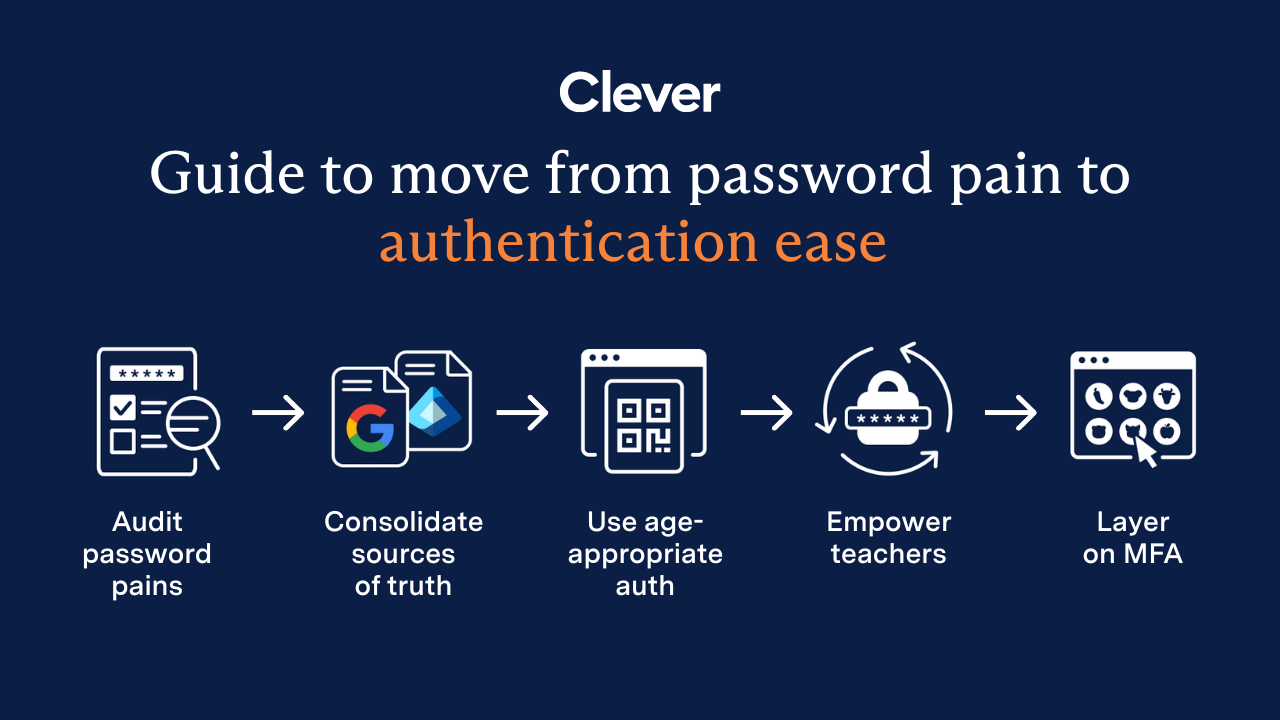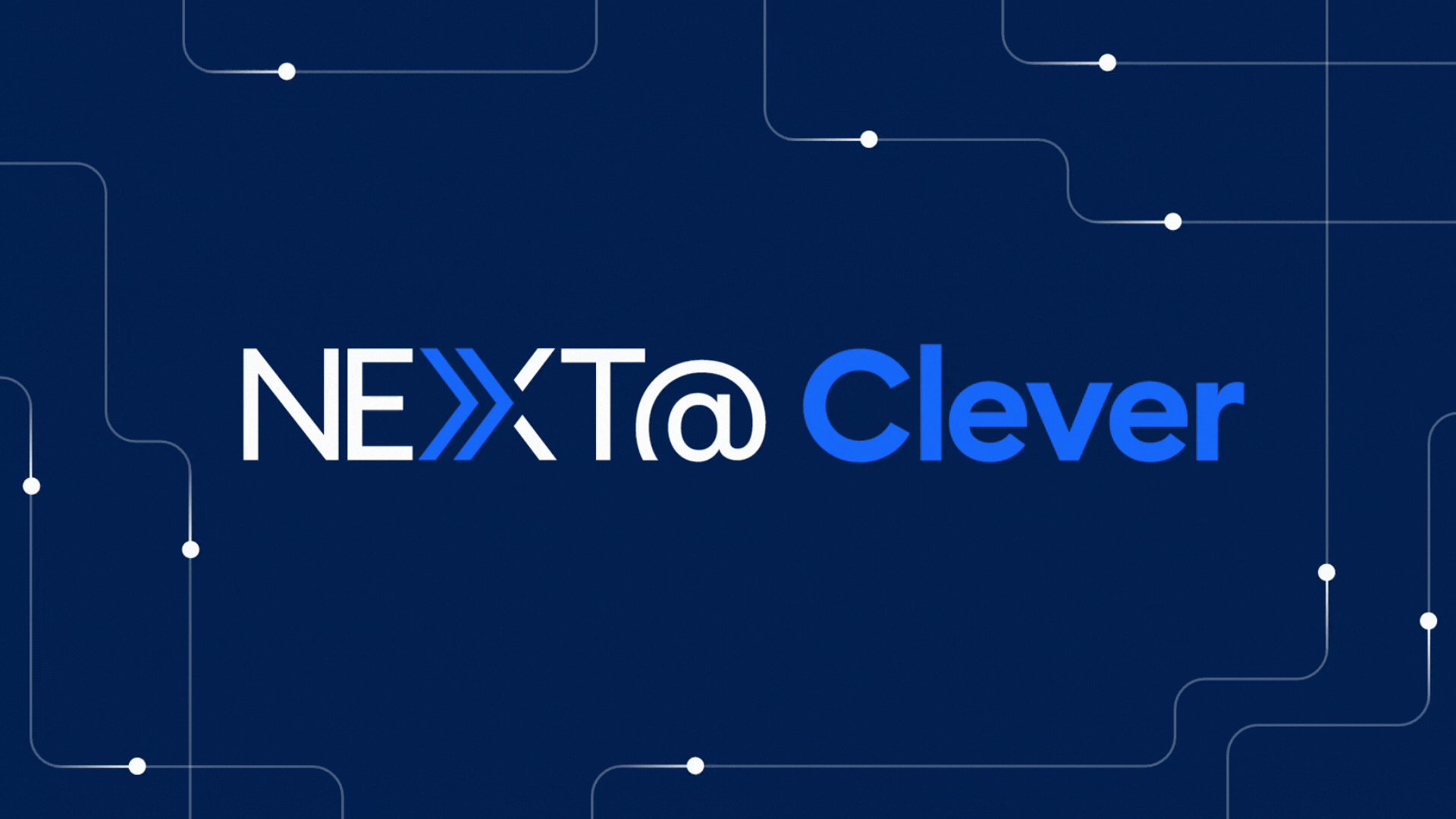73% of UK Schools Hit by Cyberattacks—How IT and Educators Can Protect Student Data
As cyber threats targeting schools continue to rise, UK educators face the challenge of balancing innovative edtech adoption with strong data security practices. On March 10, the UK Department of Education updated its standards for meeting digital and technology standards for schools to help schools provide safe digital learning. This article explores 3 steps trusts can take to make data-informed decisions about protecting student data.
Student data is at risk without a unified, collaborative approach
73% of UK education institutions have faced cyberattacks in the past five years, underscoring the urgent need for stronger cybersecurity measures to protect student data privacy. At the same time, due to edtech adoption at an all-time high, decisions on how to implement technology vary by school. Research by the UK Department for Education shows that 51% of teachers are guided by school policy and make independent decisions, while 15% make autonomous decisions because there is no policy. Ultimately, no matter how well-intentioned, when educators make independent decisions on what edtech to use, it’s more difficult to know how much data is shared or where it’s going, leading to more security risks.
To strengthen student data privacy, cybersecurity must be a shared responsibility embraced at every level — from teachers selecting digital tools to leadership establishing clear data policies. While 96% of IT administrators view cybersecurity as a collaborative effort, only 17% feel their current strategies truly reflect this unified approach. Bridging this gap means aligning teacher autonomy with institutional safeguards, creating a culture where innovation and security work hand in hand.
How UK schools can bridge gaps to protect students
The UK Department for Education advises schools to establish processes for controlling and securing user accounts, including protecting user data. Proactively tracking how technology is used at both the school and trust levels can help uncover vulnerabilities before they escalate into threats. Using data effectively allows schools to make strategic decisions and manage risks. Key strategies include:
- Building a comprehensive catalogue of edtech tools to gain full visibility of the technologies in use. This data can help with building awareness of edtech usage across leadership teams. View a demo of Clever’s Edtech Analytics.
- Evaluating the security practices of edtech vendors to ensure they meet data protection standards. Learn more about evaluating vendors.
- Developing a clear plan to safeguard student access to applications, ensuring secure and streamlined entry points. Download this blueprint for foundational cybersecurity best practices.
View edtech data in one place with Clever
If you need visibility into what edtech is used, Clever’s Edtech Analytics can help you automate that process. With your edtech data all in one place, you’ll be more equipped to make strategic decisions about security practices and safeguard student access. Preview Edtech Analytics or connect with a Clever specialist for a live demo!
Preview Edtech Analytics

More to read

December 23, 2025
End password chaos: The 5-step guide to secure, age-appropriate logins in schoolsSchool IT departments — take these 5 steps to offload the burden of manual password resets while improving cybersecurity for classrooms.
December 10, 2025
Wonde vs. Clever: 2025 Side-by-Side ComparisonWhen it comes to choosing the right edtech platform for your school or trust, there’s a lot to consider. Can it sync reliably with your Management Information System (MIS)? Support secure logins for every user, on every device? Scale across multiple schools without overloading your IT team? Wonde and Clever are two of the most […]

October 16, 2025
A Unified Future: Why a Single Identity Platform Is the Key to Secure and Scalable LearningStop managing complex K-12 security with patchwork fixes. Jamie Reffell, CPO at Clever explains how a unified identity platform is the future for secure, scalable learning and effortless edtech deployment.


















